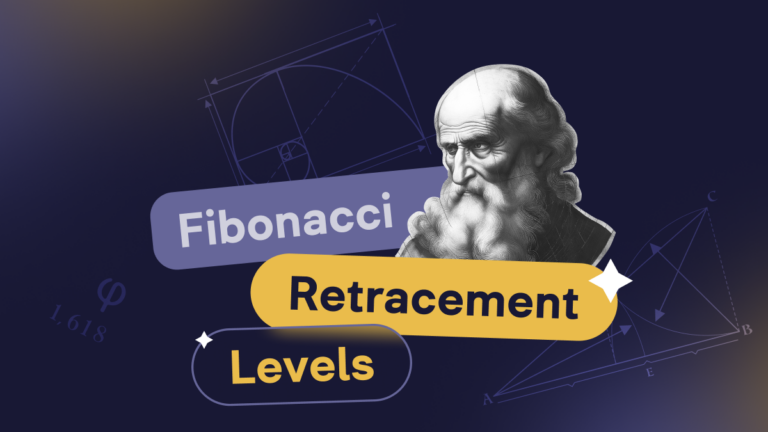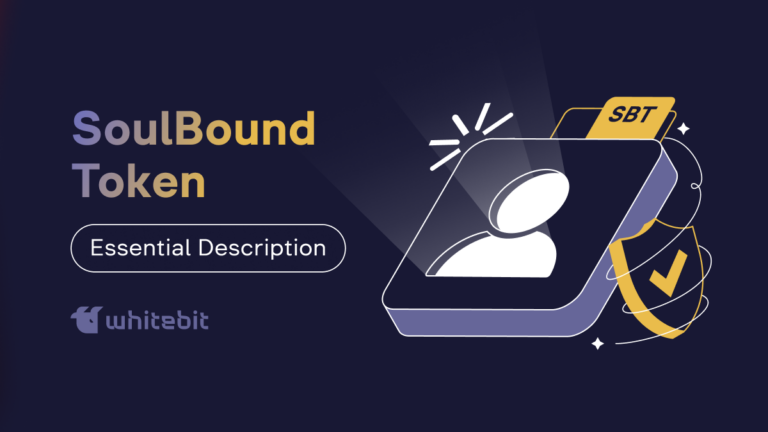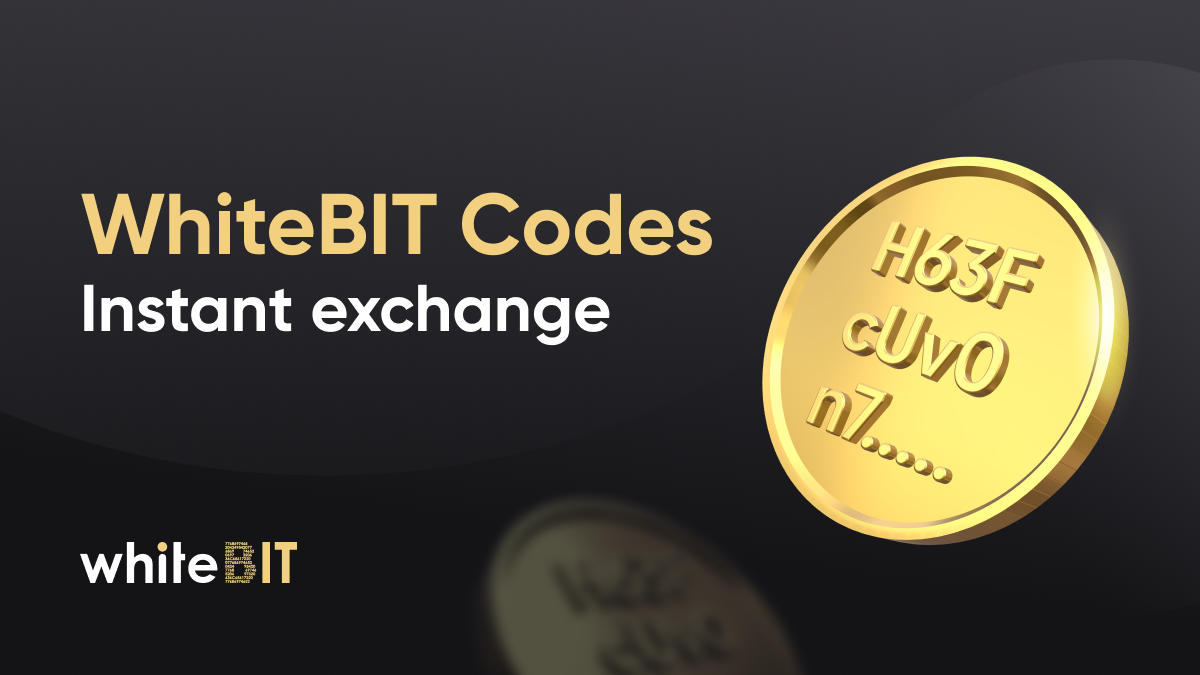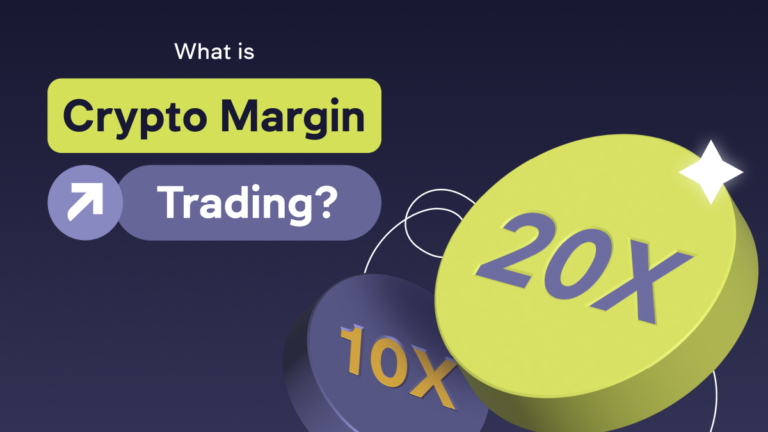How to Do Your Own Analysis (DYOR)?
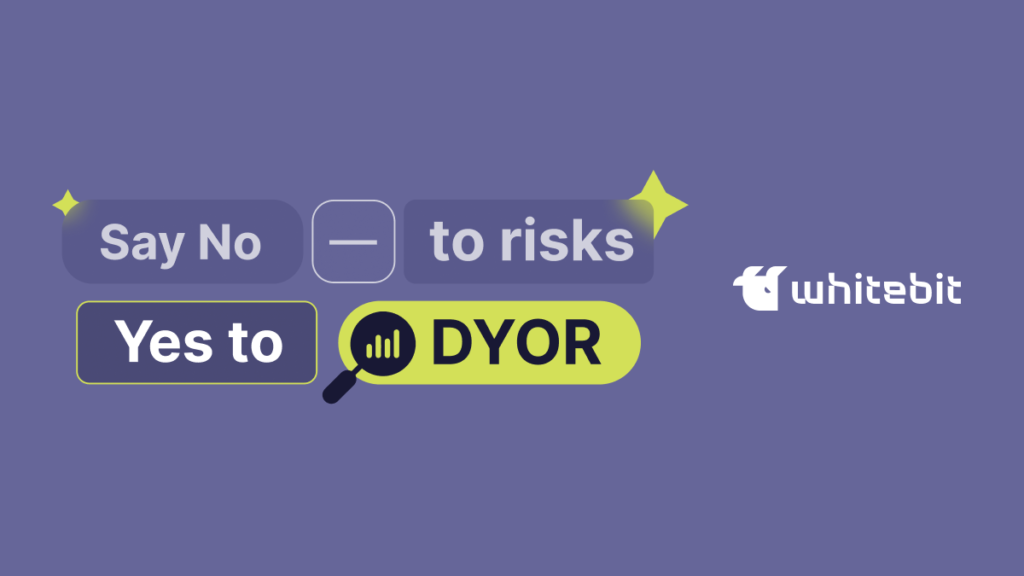
Content
The phrase “Do Your Own Research,” or DYOR, has become perhaps the primary commandment of crypto investors.
The article tells you what DYOR is, where it came from, and how to conduct research properly.
What does DYOR mean?
DYOR is an offer to do your research before investing in any asset or project. It is because misinformation spreads like wildfire on the internet, making it easy to fall for the bait of scammers.
In addition, DYOR is often used as a disclaimer when celebrities, influencers, and traders post public messages or share their market analysis on social media.
In other words, DYOR is needed to reduce the number of uninformed investors and encourage them to understand the product before investing money.
When DYOR appeared
The acronym has been used in various contexts for many years. However, it gained popularity in the crypto sphere from its inception, while access to information was limited. It has been used more actively since the beginning of 2017 during discussions of potential investments in projects that conduct ICOs. The term meant that it was necessary to make investment decisions based only on their conclusions and not other people’s opinions and advice.
Unfortunately, there are still many scammers and deceit in the digital money industry. One-day projects, cryptocurrency faucets, resources with trading signals, financial pyramid schemes, marketing schemes, and influencer accounts that bots have cheated on are today’s crypto market that can take time, peace of mind, and money from an unprepared user.
The only way to avoid or minimize losses is to study the market yourself. Read, observe, analyze, communicate, and try. Do not be afraid of mistakes, but do not take risks without reason.
What is a reliable source of information?
Everyone in the crypto sphere has an opinion. And many are rushing to share it, even if they do not have any expertise or authority. Therefore, it is crucial to be selective about the information you consume. And also, check the sources to make sure the information is correct.
Here are a few questions to answer before choosing the right information resource:
- How famous is it? How many readers does the channel have? Who is it supported by? As a rule, help with a solid number of followers gives real data because they have something to lose in case of dissemination of false information.
- Has the information been paid? Exchanges or other projects sponsor many blogs. Therefore, look for people who are sincere and honest in their opinion.
- Is the information balanced? Good sources of information highlight both the pros and cons of a project.
How to do your own research on cryptocurrency?
DYOR offers to use various sources and tools — news, social networks, YouTube, forums, media, etc. Together, they will help expand your horizons. The more opinions and points of view you analyze, the more confident you will feel when deciding. Let’s consider the main ones.
CoinMarketCap & CoinGecko
Before studying the project’s white paper or collecting opinions on social networks, go to the asset pages on the CoinMarketCap and CoinGecko platforms. They will help to make the first impression about the cryptocurrency. Check the market capitalization, and make sure the project is still alive and has sufficient trading volume.
Technical analysis
Technical analysis (TA) is a popular tool for evaluating cryptocurrency investments. Technical analysis involves analyzing historical price and volume data to identify trends and predict future price movements. Using technical analysis, investors can gain a more in-depth understanding of the current market behavior of a particular cryptocurrency and make informed investment decisions.
In technical analysis, charts are key tools for tracking price changes. The most popular are Japanese candlesticks, line charts, and bars. Analysts use a combination of these tools to make sell-or-buy decisions based on the data they collect.
Fundamental Analysis
Fundamental analysis (FA) is a valuation strategy used to determine the fair value of an asset in the market. Typically, this is done by studying business practices, white papers, roadmaps, development, marketing strategies, teams, tokenomics, networking, etc.
In some cases, fundamental analysis involves monitoring market data such as volume, circulating supply, token issuance and distribution.
Through fundamental analysis, users can draw conclusions about whether a project is undervalued or overvalued, and how it performs compared to competing projects.
Sentimental analysis
Sentimental analysis refers to traders’ sentiments regarding the general state of the market or a particular crypto asset. Market conditions are often determined by how investors feel about the direction in which they can develop. This results in an undervalued or overvalued asset. The situation can lead to increased volatility and a high probability of entering or exiting the market at the wrong time. It, of course, affects its price and, as a result, investments. Therefore, it is necessary to conduct a sentimental analysis before investing.
Competitor analysis
Competitor analysis allows you to discover the strengths and weaknesses of various projects. For example, a project might have robust technology but poor implementation, while another project might have the opposite. By understanding the competitive environment, you can weigh the pros and cons and make investment decisions that align with their goals and risk tolerance.
White Paper analysis
A white paper is a white paper that provides a detailed overview of a cryptocurrency project, including its purpose, technology, roadmap, and future potential. When analyzing a white paper, you should pay attention to the following:
- The problem the project is intended to solve and how it plans to do so;
- A detailed explanation of the technology behind the project and how it differs from existing solutions;
- The development team and their experience and skills;
- How the project is planned to be accepted and used in the target market;
- Project tokenomics, including issuance, distribution, and the assets’ use;
- Roadmap for the development of the project.
Project site analysis
The project website should also openly share information about the people and technology behind the product. A poorly designed website, constant deadline violations, and a lack of transparency around the team are red flags for a scam.
Social media analysis
The analysis of the project’s social activities may seem insignificant, but they can provide important information about the project’s community, achievements, goals, and current status.
Check if the project has active official social media channels and how often they are updated. How many users do channels have? How involved are they? Are people interacting with or talking about the platform on their accounts?
Finally, what are the discussions going on in the community? How friendly is the community, or is there a collection of “fanatics” who promote the project and pump up “lambo” moods? Ideally, you want a place where you can have open and honest discussions and accept constructive criticism. Toxic or abandoned communities should be a concern.
What to prepare for with DYOR in crypto
Now that you know how to research on crypto and where to look, here are some tips.
Prepare for continuous exploration
Given how quickly things change, you need to be aware of project milestones, changes or additions to development teams, news or external threats from competitors, or changes in the regulatory environment.
Be patient
Patience is a virtue, especially in crypto. Take your time investing in a product you fully understand. And remember, there will always be another opportunity to invest money. Being interested in projects and technologies, in general, makes crypto research much more enjoyable.
Your money is your decision
It’s your money, so it’s up to you to decide. Stay calm if you follow someone’s advice and things go wrong. Overall, it is you who must choose since you are the one who risks capital.
Make sure you gather opinions from different sources before investing. Do not rush. Start small and gradually increase your risk and investment.
List of questions to answer before making an investment
To conduct a qualitative project analysis, you should have a list of questions you need to answer before you start investing. Here are the main ones:
- What problem is the project trying to solve?
- What is its market value?
- How does the asset differ from the assets of competitors?
- Does the project follow the published roadmap and white paper?
- What are the legal regulations regarding the asset in your country?
- Has funding been raised to develop the project? If yes, then it is worth studying the activities of investors or funds.
- Who is the partner, and who supports him?
- How is the project being promoted? Is calm or aggressive marketing used?
- What are the trends in Google and social media?
- What tokenomics does the project have? How much is allocated to development, ecosystem, teams, liquidity, funds, and more?
- Are there red flags?
- Where can I buy an asset?
By following the DYOR philosophy, you will better understand the technology, development team, market trends, and potential risks associated with a particular cryptocurrency. This information will help make investment decisions and reduce the risk of financial loss. Ultimately, DYOR is a reminder to all investors to take the time to educate themselves and make informed decisions based on their research.





